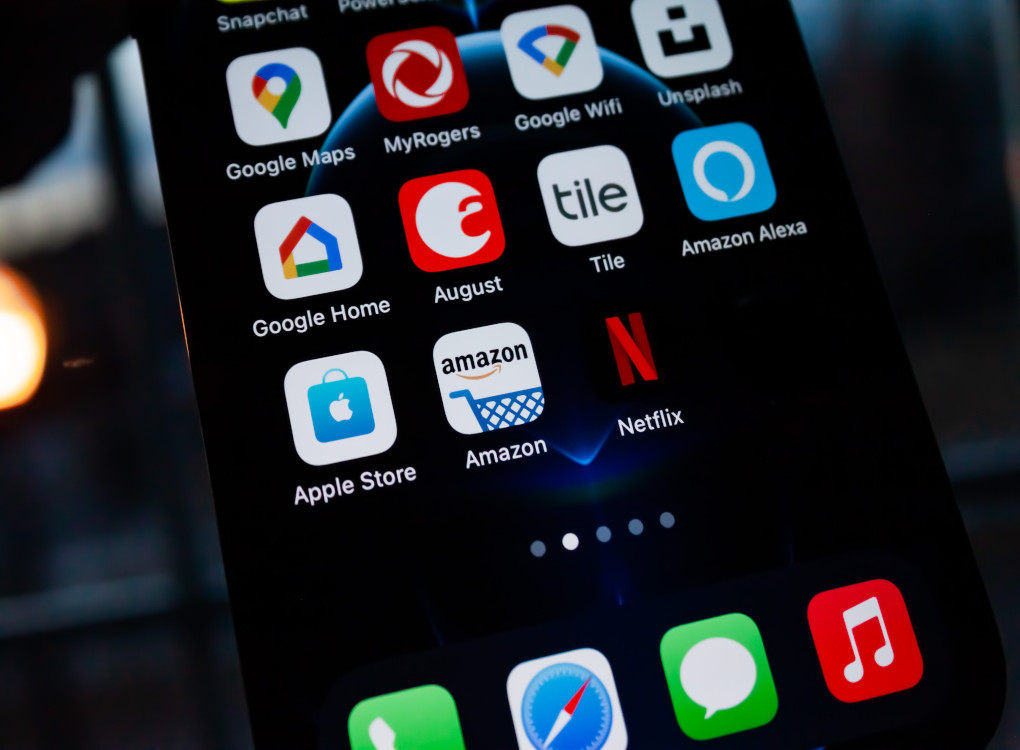Blog
Clever Marketing or is it Deception?
I peruse different information sources than my adult children and my grandchildren. So occasionally, I like to try to amaze them, and that is no mean feat!
Here’s my latest attempt – dark patterns.
Dark patterns are digital design elements that manipulate users into making decisions they otherwise wouldn’t, often to a corporation’s benefit. A simple example is burying the ‘logout’ link well within a series of menu branches. This encourages me to stay on the site longer or leave without logging in again. This makes for less ‘friction’ and ultimately more spending.
Here are some other examples.
“Sally, in Canada, just bought 4 bottles of our magic serum.” Or “9 others are looking at this item,” or “limited availability,” or “6 people have this item in their cart,” or “this price is valid for 7 more minutes.”
Independent research found that many of these claims to be false. For example, the countdown sometimes just went back to the beginning when it ran out, and other times the price stayed the same even after the countdown.
Limited availability often wasn’t defined, and it could be limited to one million items. Or, in some cases, a number is shown but has no bearing in reality.
During the initial stages of the pandemic, Amazon actively discouraged shoppers from buying more because they couldn’t keep up. So, the notices such as “other people also bought batteries with this purchaser” were not shown.
Another type of dark pattern uses deliberate design choice of colour or shade. The request for your email address is highlighted in bright contrasting colours. At the same time, the decline button is dull, with weak contrasting shades.
Large digital companies have millions of transactions an hour. So, their research department can alternate one red coloured with blue coloured links for an hour. Each half their customers would only see one of those colours. The researchers see which colour got the most links over an hour then permanently choose the colour that produced the most clicks.
I don’t stand a chance, or do I?
I try to increase the ‘friction.’ I prefer to type in my credit card number each time. I accidentally found out that if I leave the site with an item in my cart, I’ll get great offers in emails or Facebook. One time I eventually saved 50%. This doesn’t happen every time but often enough that I keep trying this approach.
So please give this a bit of a think. Talk to your adult children and grandchildren about some techniques used to separate them from their money. Maybe they made a recent purchase that they regretted later. Five minutes on YouTube looking at reviews might have had them reconsider.
I’m curious about your thoughts. Please leave your comment.
Photo by James Yarema on Unsplash
My thanks to Wired magazine for the inspiration for this Blog.
If you enjoyed The Blog, please share it with others. Thanks.
And my thanks to St. Albert Seniors Association: 780-459-0433 for making this Blog possible.

Volunteer Blogger











Our son showed us the youtube videos on scammers. It was actually quite funny, if it was not so horrifying. Try the one” Scammer poses as old lady to scam the scammers.” Tell your friends. If you watch these youtubes you will NOT clink any unknown link again.
My friend was talked into a scammer taking over her computer and installing a supposedly desperately needed anti-virus program. I helped her to phone her bank’s VISA card fraud department. Turns out it was US $780. The anti-fraud agent there even knew this scammer by first name! She got her money back. But note one must also be insistent with thefraud department agent too.
Then the scammer offered to uninstall the program. Fat chance I would let that guy get into her computer again!! She had purchased her computer at Costco so she had included free concierge computer services, who talked me through uninstalling it for her, and removing that screen icon for it.
I am getting all sorts of scams on my iPhone and email lately- be cautious. Delete anything you are not absolutlely certain of , and never open any link to try to learn more.
Thanks for your first-hand experience
A site I love, that follows the scams scammers use to entice you in, is called the 419 Eater – proudly calls itself the “Largest Scam baiting” community on the internet.
Funny how when tricks are done by Amazon they are marketing but by someone else they are Scams.
https://www.419eater.com/
Good closing perspective.